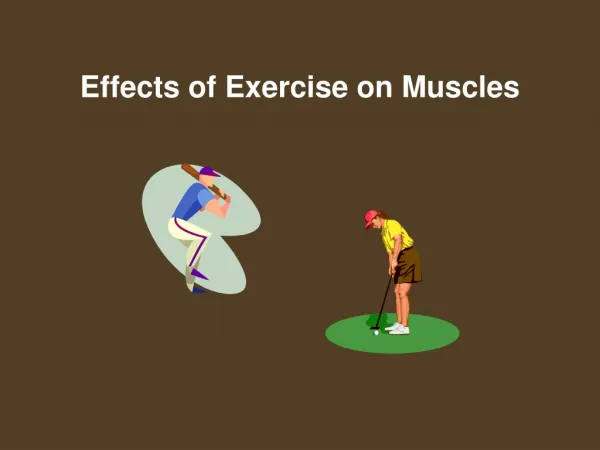In Response To Physical Inactivity We Expect To See Muscles

A growing chorus of health experts and policymakers are sounding the alarm about the pervasive issue of physical inactivity and its detrimental effects on public health. Calls are intensifying for a paradigm shift in how we approach exercise, moving beyond simply reducing sedentary behavior and focusing on building and maintaining muscle mass throughout the lifespan. This renewed emphasis reflects a recognition that muscle isn't just for athletes; it's a crucial component of overall health, impacting everything from metabolic function to cognitive abilities.
The shift towards prioritizing muscle health is not just a fleeting trend, but a response to mounting scientific evidence. Studies consistently demonstrate the profound benefits of adequate muscle mass, including improved insulin sensitivity, reduced risk of chronic diseases like type 2 diabetes and cardiovascular disease, and enhanced bone density. Furthermore, muscle plays a vital role in maintaining functional independence in older age, reducing the risk of falls and improving quality of life.
The Scale of the Problem
"Physical inactivity is a global pandemic," states the World Health Organization (WHO), estimating that over a quarter of the world's adult population is insufficiently active. This inactivity contributes significantly to a range of health problems, placing a substantial burden on healthcare systems worldwide. The consequences extend beyond individual health, impacting productivity and economic growth.
Data from the Centers for Disease Control and Prevention (CDC) in the United States paints a similar picture. A significant percentage of adults do not meet the recommended guidelines for both aerobic and muscle-strengthening activities. This lack of physical activity is particularly concerning among certain demographic groups, including older adults and those from lower socioeconomic backgrounds.
Moving Beyond Aerobics: The Importance of Muscle
While aerobic exercise has long been touted for its cardiovascular benefits, experts are now highlighting the critical role of resistance training in building and preserving muscle. Resistance training, which includes activities like weightlifting, bodyweight exercises, and resistance band workouts, stimulates muscle protein synthesis, leading to increased muscle mass and strength.
"It's not just about burning calories; it's about building strength and resilience," explains Dr. Emily Carter, a kinesiologist specializing in aging. "Muscle is like a savings account for health. The more you have, the better equipped you are to handle the challenges of aging and disease."
Who is Leading the Charge?
Several organizations are spearheading initiatives to promote muscle health, including public health agencies, fitness industry leaders, and research institutions. The WHO has incorporated muscle-strengthening activities into its physical activity guidelines, recommending that adults engage in muscle-strengthening exercises at least two days per week. Fitness centers and community organizations are offering a wider range of classes and programs that focus on strength training, catering to diverse age groups and fitness levels.
Researchers are also actively investigating the optimal strategies for building and maintaining muscle mass throughout the lifespan. This includes studies on the effects of different types of resistance training, the role of nutrition (especially protein intake), and the impact of hormonal changes on muscle growth.
How Can Individuals Take Action?
Incorporating muscle-building activities into daily life doesn't necessarily require joining a gym or investing in expensive equipment. Simple bodyweight exercises, such as squats, push-ups, and lunges, can be performed at home with minimal equipment. Even everyday activities like carrying groceries or climbing stairs can contribute to muscle strength.
Nutrition plays a crucial role in supporting muscle growth and repair. Consuming adequate protein is essential for muscle protein synthesis. Experts recommend a daily protein intake of at least 0.8 grams per kilogram of body weight, with some individuals, such as athletes and older adults, benefiting from higher intakes.
Potential Impact and Future Directions
The increased emphasis on muscle health has the potential to significantly improve public health outcomes. By prioritizing muscle building and maintenance, individuals can reduce their risk of chronic diseases, improve their physical function, and enhance their overall quality of life. The long-term societal benefits include reduced healthcare costs and a more productive workforce.
The movement towards prioritizing muscle health is gaining momentum, but significant challenges remain. These include addressing disparities in access to fitness resources, promoting awareness of the importance of muscle health, and developing effective strategies for engaging sedentary populations.
Ultimately, the goal is to shift the cultural narrative around exercise, moving beyond a focus on weight loss and towards a broader understanding of the vital role that muscle plays in overall health and well-being. By embracing this paradigm shift, we can create a healthier and more resilient society.


















